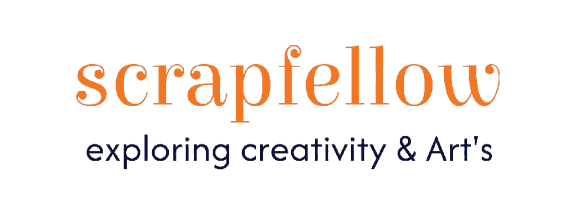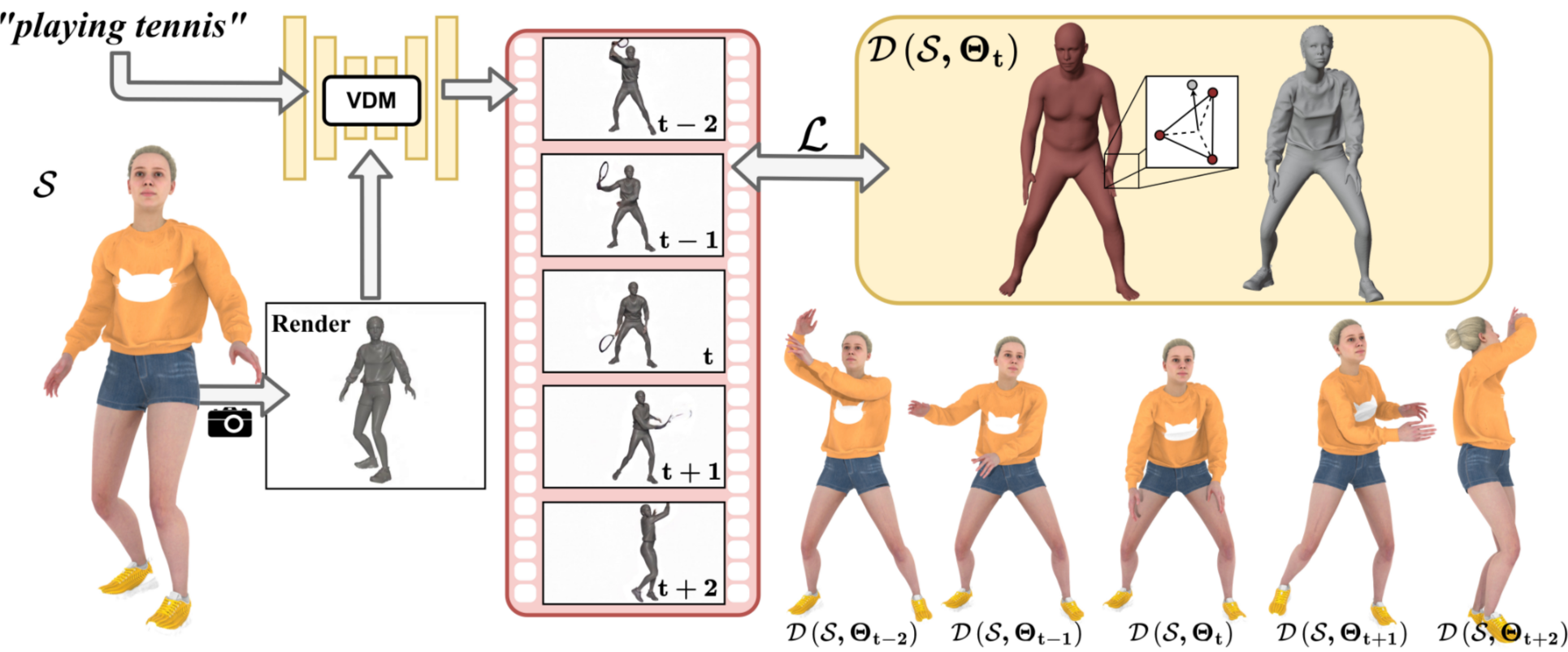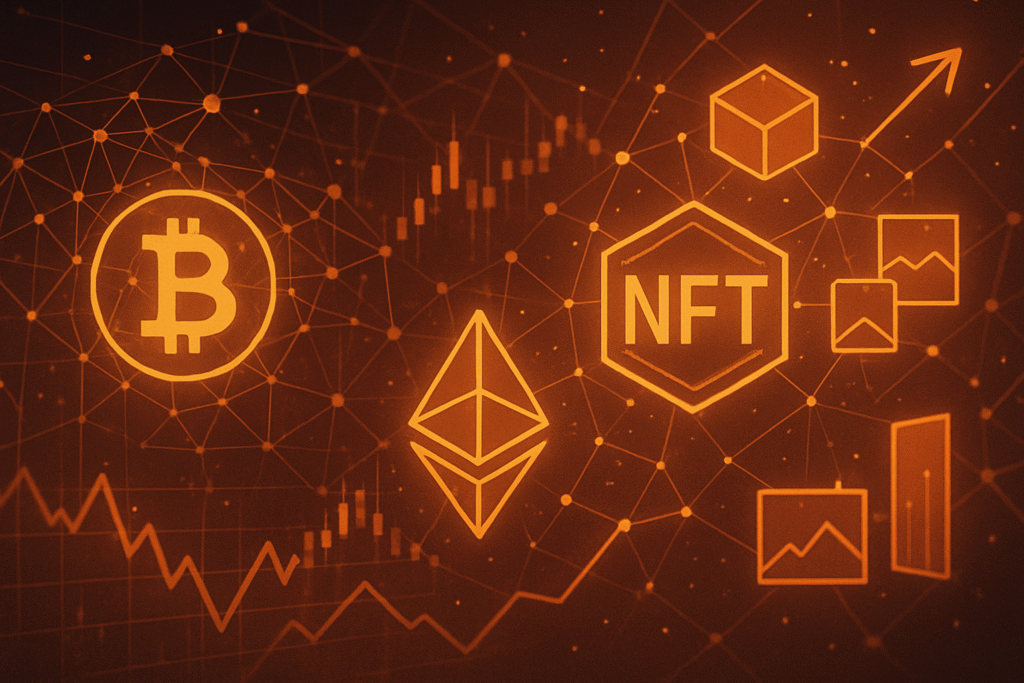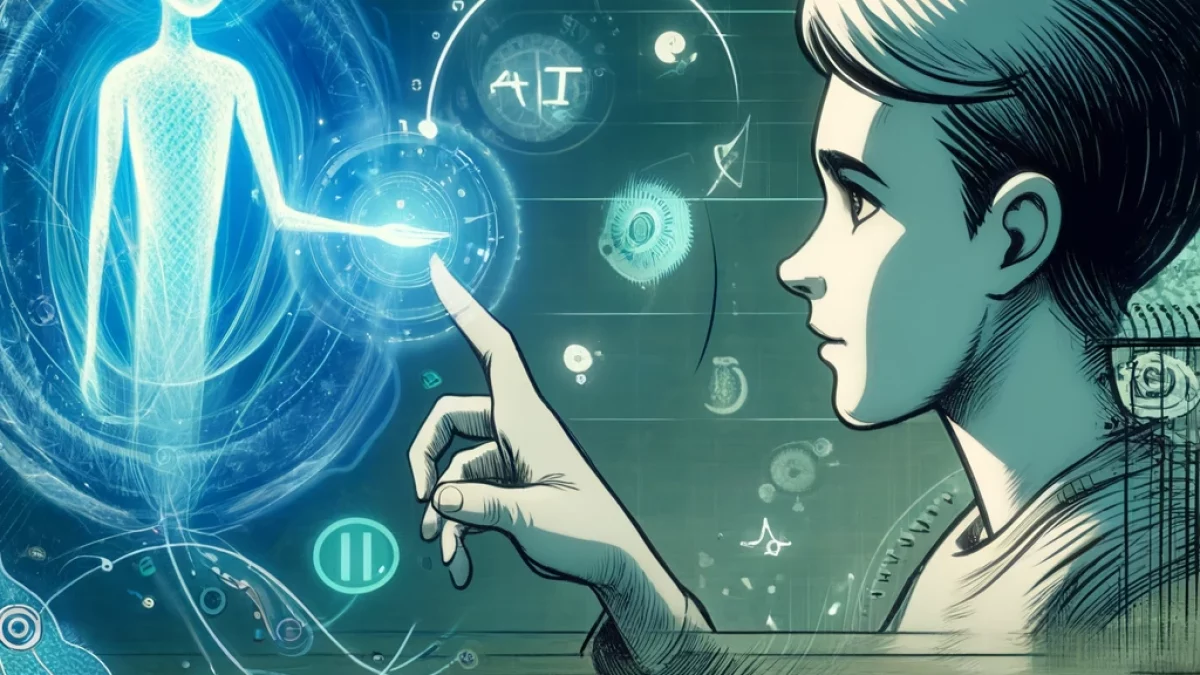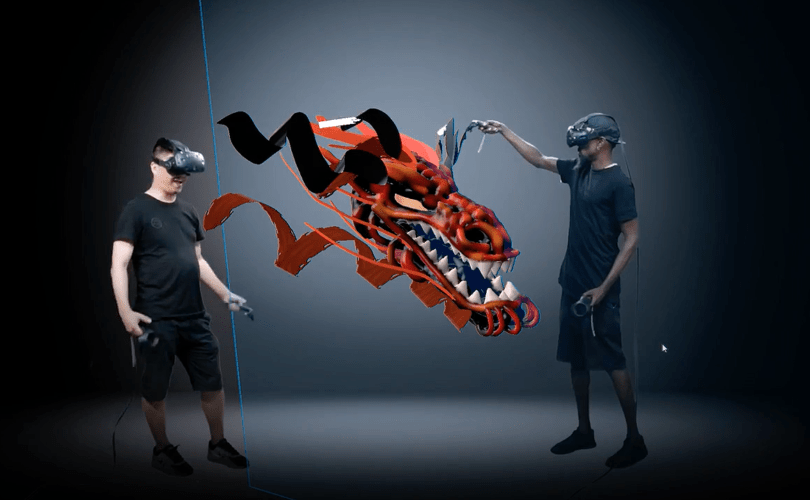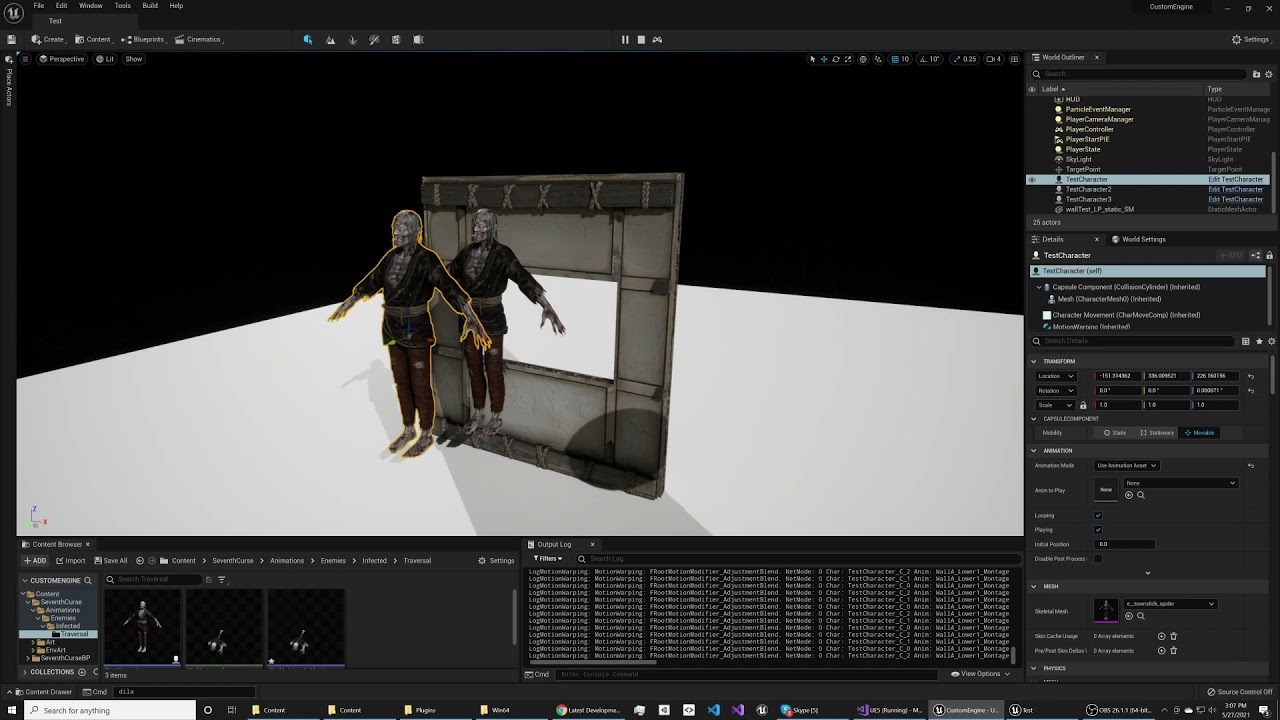scrapfellow.com – In 2025, the field of 3D animation is witnessing a transformative shift with the advent of advanced generative models. One notable development is the use of video diffusion models to animate static 3D humanoid meshes, enabling the creation of realistic and diverse animations without the need for extensive motion capture data.
The Challenge of Realistic Humanoid Animation
Traditionally, animating humanoid characters requires significant time and resources, often involving motion capture systems and manual rigging. This process can be both costly and time-consuming, limiting accessibility for smaller studios and independent creators.
Leveraging Video Diffusion Models
Recent research introduces a novel approach that synthesizes 4D animated sequences from static 3D humanoid meshes by leveraging the motion priors learned by generative video models. This method involves:
-
Input: A static 3D humanoid mesh and a text prompt describing the desired animation.
-
Process: Generating a video conditioned on a rendered image of the 3D mesh using a pre-trained video diffusion model.
-
Optimization: Employing a motion optimization technique based on the SMPL (Skinned Multi-Person Linear) model to animate the 3D mesh according to the synthesized video.
This pipeline enables the generation of diverse and realistic animations, significantly reducing the need for manual intervention.
Advantages and Applications
The integration of video diffusion models in 3D animation offers several benefits:
-
Cost-Effectiveness: Eliminates the need for expensive motion capture setups.
-
Accessibility: Democratizes animation production for creators with limited resources.
-
Diversity: Allows for the creation of a wide range of animations from simple text prompts.
This approach holds promise for various applications, including gaming, virtual reality, and digital content creation, where rapid and realistic character animation is essential.
Future Outlook
As generative models continue to evolve, we can anticipate further enhancements in the quality and efficiency of 3D animations. The fusion of AI-driven techniques with traditional animation workflows is poised to redefine the landscape of digital storytelling.
